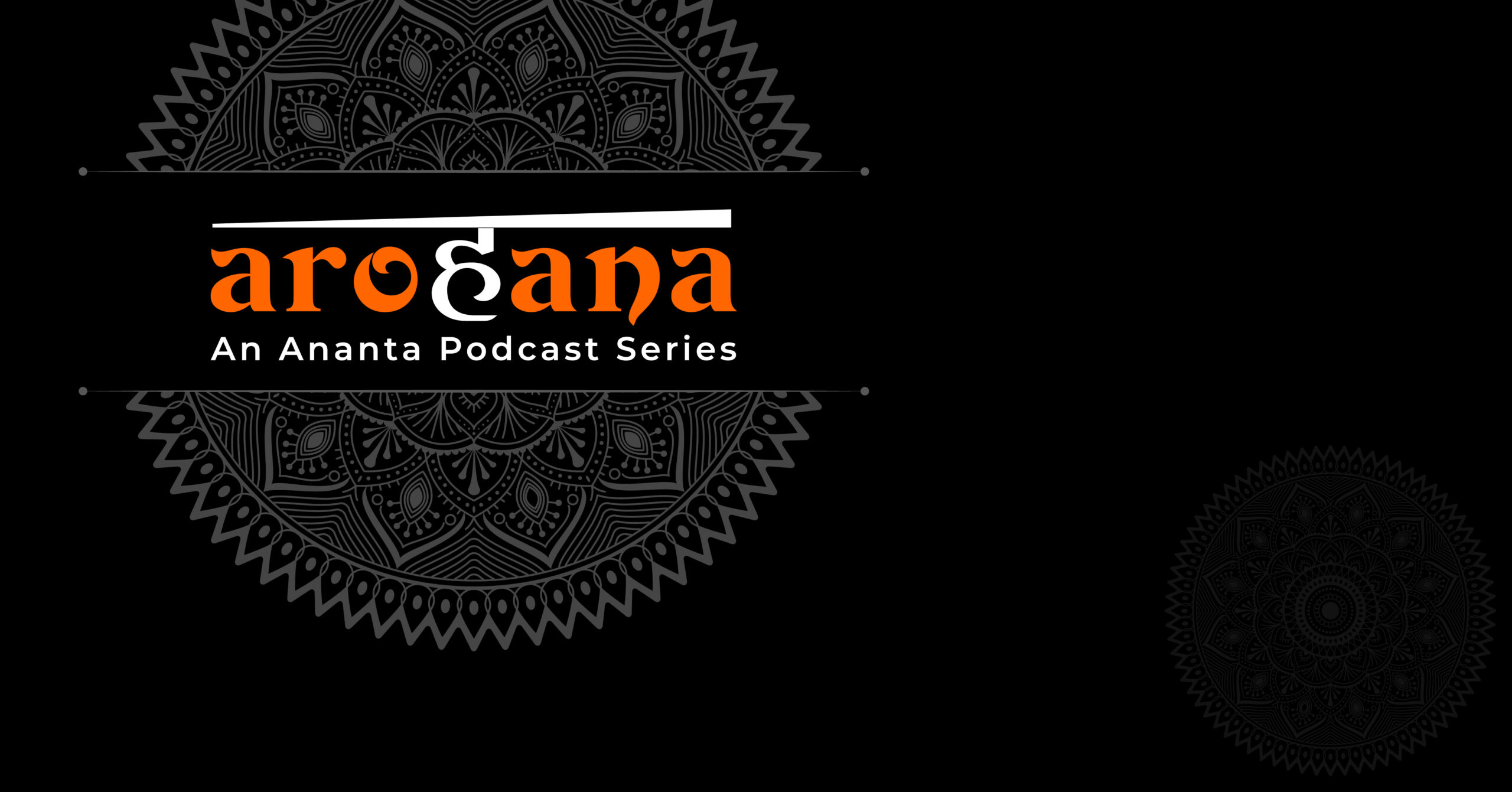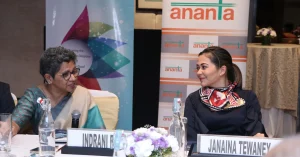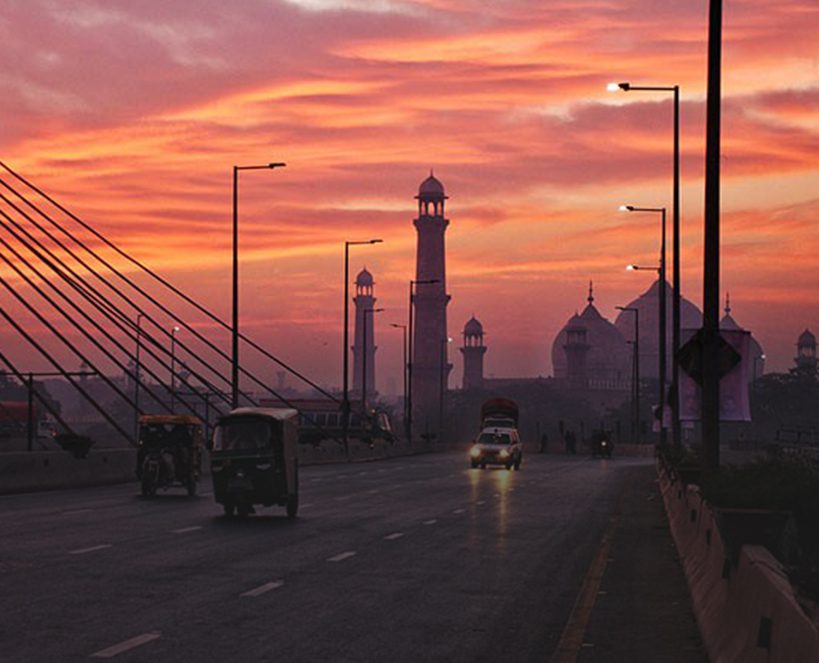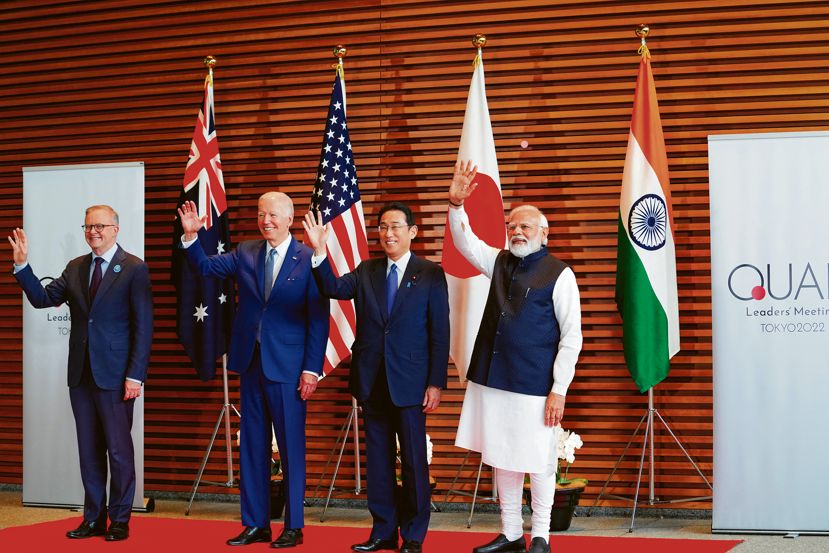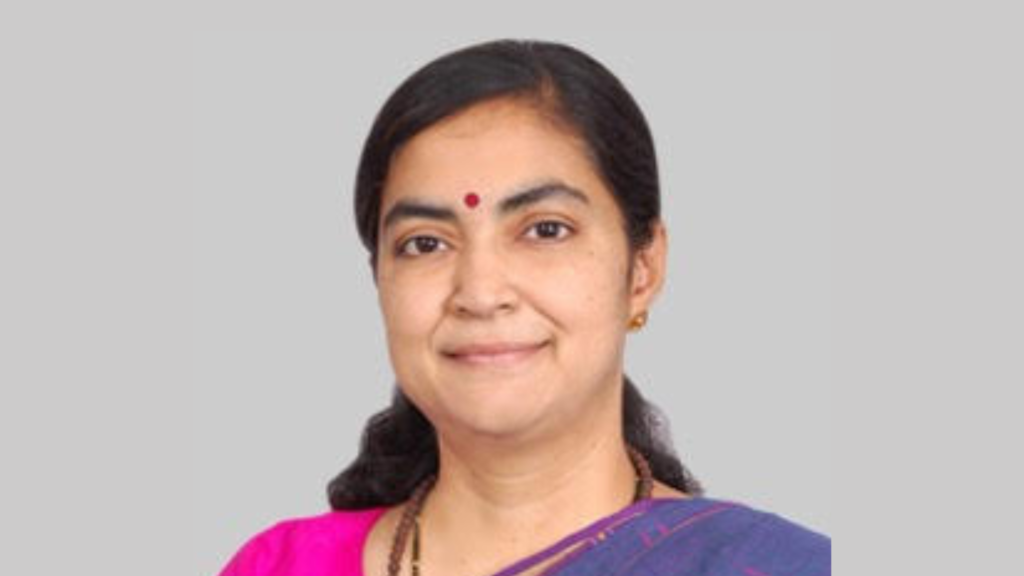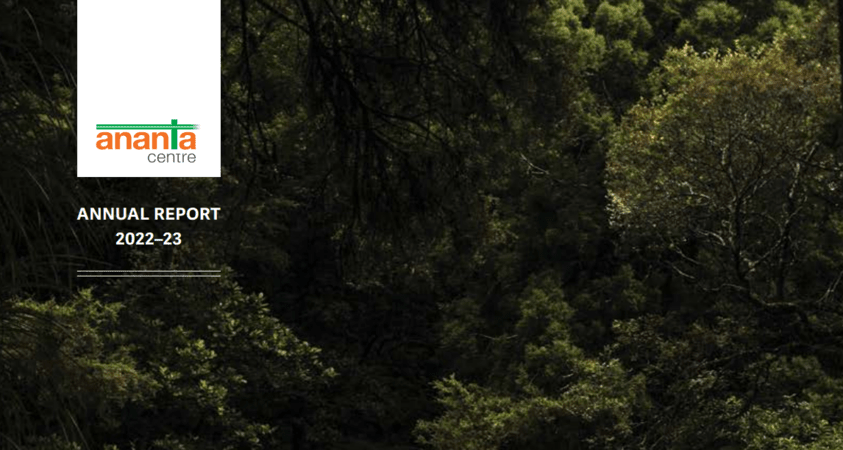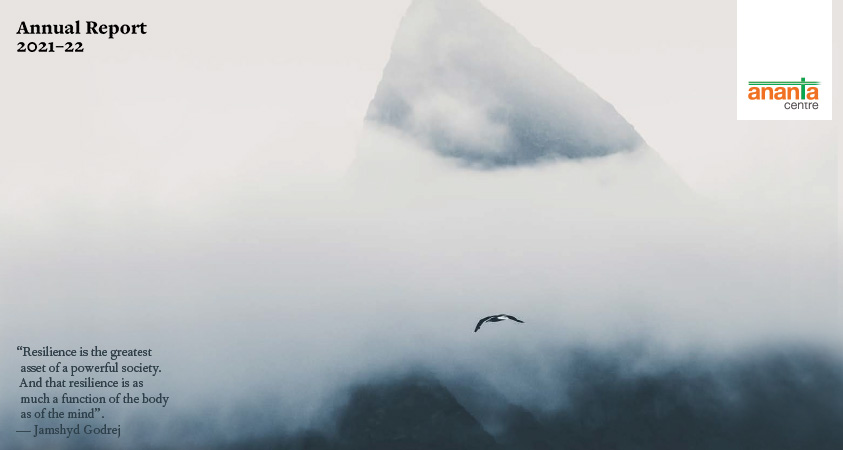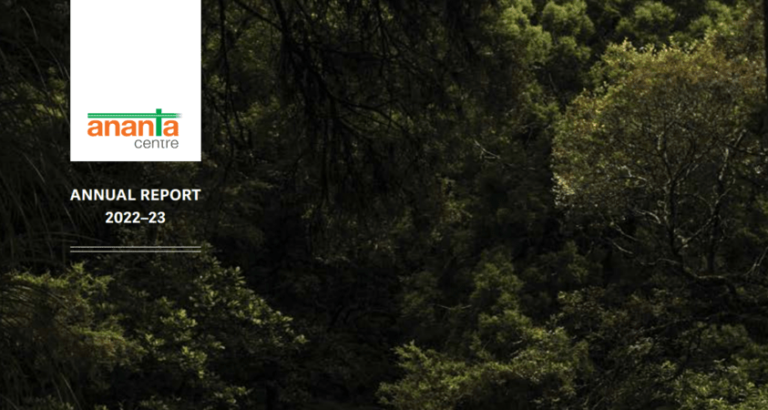HIGHLIGHTS
• Indian economy recovers, but its size still at 2019 level
• No nod yet for entry of industrial houses into banking
• Privatisation bill holds the clue to corporate ownership of banks
• Bank privatisation not going to be a one-shot affair
• Promoters allowed to hold higher equity stake in banks
• Fertility rate drops, need for bigger socio-economic policy push
• Farm laws repealed, new challenges on minimum support price
• Some clarity after early tremors over cryptocurrencies bill
Indian economy recovers, but its size still at 2019 level
There are two ways the numbers on India’s economic growth for the second quarter of 2021-22 can be viewed. One, the real growth in India’s gross domestic product or GDP during July-September 2021, estimated at 8.4 per cent, is an indicator of an economy on a recovery path. Of course, the performance in the second quarter is substantially lower than the 20.1 per cent growth in the April-June period of 2021. But remember that the growth rates in the current financial year will reflect the low-base effect of 2020-21, when the Indian economy contracted in the first two quarters. For the entire year of 2020-21, the economy shrank by 7.3 per cent. Thus, the first half of the current year saw growth reaching a level of 13.7 per cent, compared to a contraction of 15.9 per cent in the same period of 2020-21. Growth certainly is noticeable, but it is not spectacular. The second way of looking at these GDP growth numbers is to measure the real size of the Indian economy and the level it has reached after the pandemic ravaged the economy for more than a year. The size of the Indian economy in July-September 2021 was estimated at Rs 35.73 lakh crore, just a shade higher than Rs 35.61 lakh crore – the size of India’s GDP recorded two years ago in the pre-pandemic quarter of July-September 2019. In other words, after slumping to Rs 32.96 lakh crore in July-September 2020, the quarterly size of the Indian GDP has recovered, but is still at around the level that prevailed two years ago. It is important to take note of the size of the economy to recognize that while there is recovery, it is still not enough to make good the loss sustained in the last year and a half. An equally important indicator in the GDP numbers, released by the National Statistical Office on November 30, pertains to levels of both consumption and investment. In real terms, private consumption, government consumption and even investments in July-September 2021 stayed at levels lower than the pre-pandemic period of July-September 2019. In nominal terms (which reflect the impact of inflation), however, the July-September 2021 figures for consumption and investment are slightly more than the pre-pandemic period of July-September 2019. In other words, sustaining growth in the coming quarters will be dependent not just on how adversely economic activities get affected by a possible outbreak of the third wave of Covid-19, but also on how well the government policies respond to the demands for reviving consumption and how quickly the corporate sector steps up its investment rate.
No nod yet for entry of industrial houses into banking
In what seems to be a temporary relief, the Reserve Bank of India has deferred a decision on allowing industrial houses to run banks. An Internal Working Group (IWG), headed by Prasanna Kumar Mohanty, Director of the RBI’s Central Board, had made 33 specific recommendations on ownership guidelines and corporate structure for Indian private banks. The IWG had submitted its report in November 2020. One of its recommendations was that the RBI should allow large companies or industrial houses to run banks after necessary amendments to the Banking Regulation Act are made, triggering a series of critical comments disapproving the idea. Almost a year later, on November 26, the RBI accepted 21 of the 33 recommendations, but the 11 recommendations that it did not accept included the one on allowing industrial houses to run banks. The central bank clarified that it was still examining those recommendations. In other words, the RBI has not yet rejected the idea of corporates’ entry into banking, but at least for now, concerns over prudence, safety and security have triumphed. The Mohanty Committee’s nod for corporate entry into banking was roundly criticised by former RBI governors and chief economic advisors to the government. The RBI’s decision not to accept that decision has been hailed by experts and the media on the ground that the Chinese wall between corporate power and financial power should not be violated. Whether this Chinese wall remains intact and for how long, only time will tell.
Privatisation bill holds the clue to corporate ownership of banks
The first big test of the durability and strength of the Chinese wall separating corporate power from financial power in India would be the provisions of the bank privatisation bill that the government will table in Parliament during its ongoing winter session. Privatisation of banks would require amendment to at least two specific laws. The Banking Companies (Acquisition and Transfer of Undertakings) Act, through which banks were nationalised in India in two phases in 1969 and 1980, will have to be amended to allow the government to reduce its equity stake in public sector banks below 51 per cent. The Banking Regulation Act also will have to be amended so that the RBI acquires from the government the power to appoint directors and chairpersons on the board of the privatised banks and supersede their boards in the event of any financial irregularity or malfeasance. It is still not clear if the proposed amendments to the Banking Regulation Act would also allow the entry of industrial houses into the banking sector. It remains to be seen whether the government would bar an industrial house from bidding a stake in the banks to be privatised. If it does, then the government would be paving the way for the RBI take a final call on the Mohanty Committee’s recommendation on allowing industrial houses to run banks.
Bank privatisation not going to be a one-shot affair
What is clear by now, however, is that the bank privatisation bill will not lead to A 100 per cent equity sale by the government in the two public sector banks to be chosen for stake sale. The government intends to retain 26 per cent equity in the two banks, according to reports published in the media. The new law, the Banking Laws (Amendment) Bill 2021, is expected to amend the provisions of the Banking Companies (Acquisition and Transfer of Undertakings) Act 1970 and reduce the minimum government shareholding in these banks from 51 per cent to 26 per cent. This would mean that the two banks chosen for privatisation under this bill would cease to be public sector banks. Neither will they be subjected to Parliamentary supervision, nor will their accounts be audited by the Comptroller and Auditor General of India. The government with its 26 per cent equity will enjoy a veto power in blocking special resolutions that come up before the boards of these banks. It now appears that bank privatisation would not be a one-shot affair, like the sale of Air India or many other privatisation deals concluded by the Vajpayee government in the early years of this century. Instead, it would take place in two phases. This may also give the new owners of the bank some comfort in that it would have the government as a minority shareholder and help it negotiate the difficult political terrain of dealing with trade unions which might be opposed to the privatisation move. Moreover, the phased privatisation could also help the government realise more value when it later decides to sell the remaining 26 per cent, after the privatised bank becomes more valuable under the new private-sector management.
Promoters allowed to hold higher equity stake in banks
Quite a few significant changes in the ownership pattern and corporate structure of private banks have been approved by the Reserve Bank of India. This follows RBI’s decision to accept as many as 21 of the 33 recommendations made by its Internal Working Group led by Prasanna Mohanty, a director on the board of the central bank. The first major decision implies that promoters of private banks can raise their equity to 26 per cent from the current cap of 15 per cent. Promoters who may have already pared their equity to below 26 per cent under the earlier guideline would also be allowed to raise it to 26 per cent. Several private bank promoters would benefit from the relaxation. IndusInd Bank promoters, the Hindujas, have already evinced positive interest in increasing their equity stake. But the shareholding cap for non-promoter individuals and non-financial entities has been set at 10 per cent, even though the IWG had recommended a higher cap of 15 per cent. Other decisions announced by the RBI included: Payment banks will now have to operate for five years before converting themselves into small finance banks (the IWG recommendation was for setting a time limit of three years), the minimum initial capital for universal banks should be raised from Rs 500 crore to Rs 1,000 crore, banks not having group entities should be allowed to get out of non-operating financing holding companies and small finance banks must be listed within eight years compared to 10 years suggested by the Mohanty Committee.
Fertility rate drops, need for bigger socio-economic policy push
The latest report of the National Family Health Survey or NFHS, based on 2019-21 data, shows a heartening feature of India’s demography. India’s total fertility rate (the average number of children per woman) has declined to 2, compared to 2.2 reported in 2015-16. The new fertility rate is below the replacement fertility rate and signifies that if this trend continues, India’s total population would start declining over the next few decades. The urban-rural divide is also marked as far as the total fertility rate is concerned. It is 1.6 per woman in urban India, much lower than 2.1 in rural India. The divergence is also noticeably large among many states. For instance, Bihar’s fertility rate is 3, while Punjab and West Bengal have reported the lowest figure of 1.6 each, closely followed by Maharashtra, Karnataka and Andhra Pradesh with a fertility rate of 1.7 each. Uttar Pradesh has reported a total fertility rate of 2.4. The changes in the fertility rate have underlined the need for improving healthcare and education facilities to take full advantage of the demographic change. While the decline in the fertility rate has been achieved gradually, facilitating the continuation of the demographic dividend over a longer period, there is now greater urgency of paying more attention to health, nutrition, education and provision of social infrastructure like water.
Farm laws repealed, new challenges on MSP
In a setback to agriculture reforms and a surprise development, Prime Minister Narendra Modi announced on November 19 that his government would repeal all the three contentious farm laws. The Modi government had got all the three farm laws promulgated through the ordnance route in June 2020 during the economic lockdown after the first wave of Covid-19. The Ordinances were converted into laws when Parliament approved all of them in September 2020 with little debate. The three laws sought to achieve three fundamental changes in the framework governing Indian agriculture. The Farmers’ Produce Trade and Commerce (Promotion and Facilitation) Act, 2020 categorised the entire area outside the mandis across the country as a trade area to provide an ecosystem for trade outside these mandis. The Farmers (Empowerment and Protection) Agreement on Price Assurance and Farm Services Act, 2020 provided a framework for contract farming agreements between farmers and buyer entities. The Essential Commodities (Amendment) Act, 2020 exempted certain agricultural commodities from the purview of the Act and restricted its applicability only in case of extraordinary circumstances including an abnormal increase or a fall in prices of these commodities.
The new laws triggered a prolonged agitation by farmers, particularly belonging to western Uttar Pradesh, Haryana and Punjab. For almost about a year, the farmers agitated by setting up encampments on the borders of the Capital city and demanded a repeal of these laws and make the provision of minimum support prices or MSPs for agricultural commodities a statutory right. Nobody expected a climbdown by the government by accepting the demand for repealing the three laws. But with elections round the corner in Uttar Pradesh and Punjab in early 2022, the Modi government may have reviewed its stance and agreed to repeal the laws. Many political pundits had raised doubts over the ruling party’s ability to do well in the two state Assembly elections. It remains to be seen if the gesture can help the ruling party fare better in the Assembly elections in February-March 2022. A few days after Mr Modi’s announcement, made through an address to the nation, the Union Cabinet approved the proposal to repeal the three laws.
On the first day of the winter session of Parliament, both the houses approved the law to repeal the contentious farm laws. The farmers, who were agitating against the laws, have not yet given up their battle against the government. They now want the government to meet their demand for making the minimum support prices a statutory right. Accepting this demand will increase the financial burden on the central exchequer by at least about Rs 5 lakh crore in a year. Many experts believe that more than making minimum support prices a legal right, a feasible policy response would be to expand the existing income support scheme for all farmers through an increased amount of cash transfer. At present, the Centre makes an annual cash transfer of Rs 6,000 to all farmers, entailing a bill of over Rs 65,000 crore distributed to an estimated 140 million farming households in the country.
Some clarity after early tremors over crypto bill
The regulatory framework for cryptocurrencies has been a subject of heated debate and consultation within and outside the government. Even the Reserve Bank of India has engaged itself with questions on how and in what form cryptocurrencies should be allowed in the country. The discussion has taken place in the backdrop of a sharp rise in the number of Indians investing in cryptocurrencies, not just as a currency, but as an asset class. According to one estimate, almost 105 million Indians have invested in cryptocurrencies valued at the end of October 2021 at over $10 billion. Others believe the number of Indian investors in cryptocurrencies in less than 20 million.
Some months ago, an RBI report had suggested that there was need for devising a digital currency in the country. However, in the last few weeks, the central bank has adopted a more cautious approach to the idea. At a recent seminar, the RBI Governor Shaktikanta Das, sounded a note of warning on cryptocurrencies. He cautioned that cryptocurrencies were a cause for serious concern from a macroeconomic and financial stability point of view. “As the central banker, we have serious concerns about it and we have flagged it many times,” the Governor stated at the seminar, while hinting that his concerns were shared with the government as well. In November, while chairing a meeting on cryptocurrency, Prime Minister Narendra Modi said that the government needed to take progressive and forward-looking steps while ensuring a regulatory framework that can check money laundering and terror-financing. Even the broad views of members of the Parliamentary Standing Committee on cryptocurrency were reported to be in favour of regulating the cryptocurrency exchanges and against an outright ban.
Just days before the winter session of Parliament was due to begin, there were media reports that suggested that the proposed law could ban cryptocurrencies in India. This created panic, leading to a huge loss in the value of cryptocurrencies and many crypto firms examining options to move offshore fearing a ban. Some clarity surfaced over the government stance on cryptocurrency, when Finance Minister Nirmala Sitharaman on November 29 said that the government had no proposal to recognise Bitcoin, the most popular cryptocurrency, as a currency. Subsequently, details about the proposed Cryptocurrency and Regulation of Official Digital Currency Bill, 2021 suggested that the new legislation would ban all but a few private cryptocurrencies to promote underlying technologies, while allowing an official digital currency, to be floated by the RBI. The government appears to be treading a middle path on the controversial question of creating a regulatory framework for cryptocurrencies.
The previous issues of Indian Economy Review are available here: LINK
Supported by
………………………………………………………………………………………………
(The views expressed are personal)
………………………………………………………………………………………………




